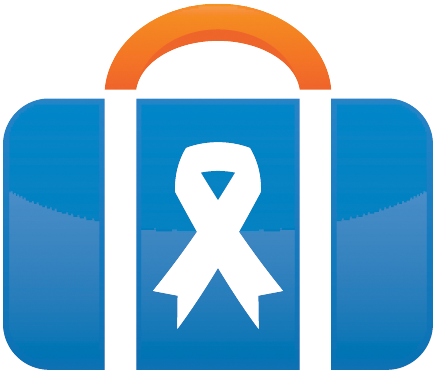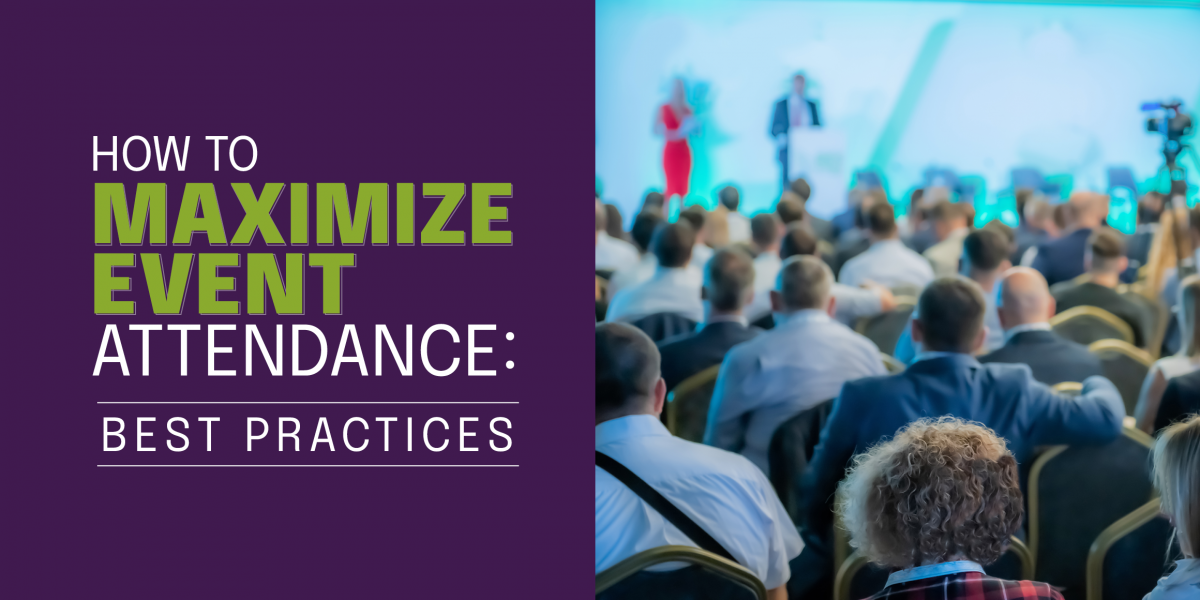Your nonprofit’s event attendance directly impacts its overall success. To meet your fundraising goals, spread awareness of your mission, and build lasting relationships with donors, you first need to build a large audience for your event.
Whether you’re planning a conference or a charity golf tournament, it’s essential to drum up excitement and earn as many RSVPs as possible before the event day. Let’s explore some essential best practices to follow to maximize attendance at your next nonprofit event.
1. Understand Your Audience
The more you understand your target audience, the better you can design your event to appeal to their specific needs, preferences, and expectations. For example, consider their:
- Location. Do many of your prospective attendees live in your local area, or are they scattered across far distances? If you know that many of your audience members can’t make it to an in-person event, you might opt for a hybrid or virtual format to make it more accessible to them.
- Interests. For example, perhaps you know that many of your nonprofit’s donors are proud pet owners. To encourage attendance at your upcoming event, you might hold a raffle for gift baskets containing pet treats, toys, and grooming products.
- Preferred communication methods. Before people can register for your event, they first need to know about it. Focus on the channels your prospective attendees prefer most to increase the chances they’ll respond—whether through email, direct mail, or social media.
To learn more about what resonates with your audience, consider asking them directly. Do they want to expand on their knowledge, learn from thought leaders, explore new technology, or network? Are they drawn to an exciting location, giveaways, displays, or seminars?
Look into similar events held by nonprofits. Check out their social media. What were people talking about? What got them excited about the event? What left them disappointed? Use these insights to inform your event planning.
2. Develop a Strong Value Proposition
Take the time to brainstorm compelling reasons for people to attend your event. What sets your event apart from the others? For example, you might have:
- A unique venue
- Highly influential speakers
- Valuable networking opportunities
Use what you know and what you’ve learned about your audience to identify which benefits they’ll be most interested in learning about. Then, highlight this value proposition across your marketing materials to build exciting expectations among those who are considering attending.
3. Emphasize Early Sign-Ups
One of the most effective ways to promote your event and boost attendance is by encouraging early sign-ups and registrations. This not only helps attendees carve out time in their calendars early, but once they have made a commitment, they often become ambassadors to promote your event.
Methods for encouraging early registration can include:
- Early registration discounts
- Accommodation upgrades
- Invitations to special social activities at the event
- Complimentary branded merchandise
- Inclusion in an early registration raffle
- Access to digital pre-event sessions
Additionally, you can secure even more early sign-ups by offering referral benefits to those who encourage others to register early.
4. Reach Out for Advice
Likely, your nonprofit’s partners, sponsors, and peers in the sector have been involved in a variety of events, either through helping organize them or as attendees. Improve your event planning by learning about their experiences.
Some specific questions to ask include:
- What specific ideas have you seen recently that seemed to improve attendance?
- What event idea have you recently heard of that you wish you would’ve thought of?
- What compels you to attend an event?
Imagine the wealth of information even just a dozen or so of these individuals may bring to your event. Plus, seeking their advice and feedback can establish a sense of respect and strengthen your relationship with them.
5. Use Testimonials and Case Studies from Past Events
Every event your nonprofit plans should build on the ones that have come before it. Pull testimonials and case studies from these past events to promote your upcoming one.
If your resources are limited, reach out to previous participants and attendees for quotes or even short videos. Encourage testimonials to be enthusiastic but authentic. Be sure to obtain their permission before sharing their name and information on public marketing materials.
These past examples should serve as enticing invitations for what attendees can expect at your next event.
6. Harness the Power of Social Media
A well-designed and implemented social media campaign can run for months, building more and more excitement for your event. To engage your audience on these platforms, consider:
- Surveying them on what they’re looking forward to seeing and doing.
- Offering tips and tricks on how to make the most of attending your event.
- Sharing behind-the-scenes footage of your event preparation.
Continue posting throughout your event so even those who couldn’t attend can keep up with what’s going on. Along with encouraging likes and follows on social media, explore paid advertising options on platforms like Facebook. They can be targeted, effective, and surprisingly affordable.
7. Collaborate with Influencers
Recruit an army of ambassadors to help promote your event. Reach out to influencers who have a following that aligns with your target audience and share similar values with your nonprofit. Provide them with background information on your mission, eye-catching images, and details about your upcoming event to make it easy for them to spread the word to their followers.
The more your sponsors and other registrants can help promote your event, the wider your event’s reach.
8. Create Event Sponsorship Opportunities
Bringing major sponsors aboard can attract more attendees to your event. Consider providing promotional ticket discounts or giveaways that sponsors can give out to their audience.
Additionally, offer exclusive sponsorship benefits to create more value for your sponsors, such as:
- Streaming rights
- Webpage content features
- Social hour sponsorships
- Grand prize giveaways
Sponsors and those with booth displays have a vested interest in the success of your event. By focusing on keeping these partnerships mutually beneficial, you can build long-term relationships with sponsors you can rely on.
9. Host Pre-Event Webinars and Meetups
Planning virtual pre-event meetings and seminars is a creative and engaging way to boost event attendance and increase anticipation for your event.
For example, you can organize mini-seminars to “tease” lengthier sessions available at your event. Or, you can provide exclusive glimpses into what goes on behind the scenes of your event.
These virtual pre-event sessions can help participants feel more invested in your event’s success and ready to actively engage in all the activities you have planned for the day.
Use your event software to create an easy, streamlined registration process so that those who are interested in attending can sign up immediately. In the weeks leading up to your event, keep track of sign-ups and adjust your marketing strategy as needed to build more excitement among your audience. After a successful event, don’t forget to collect feedback and testimonials to help make your next year’s event even more engaging.




